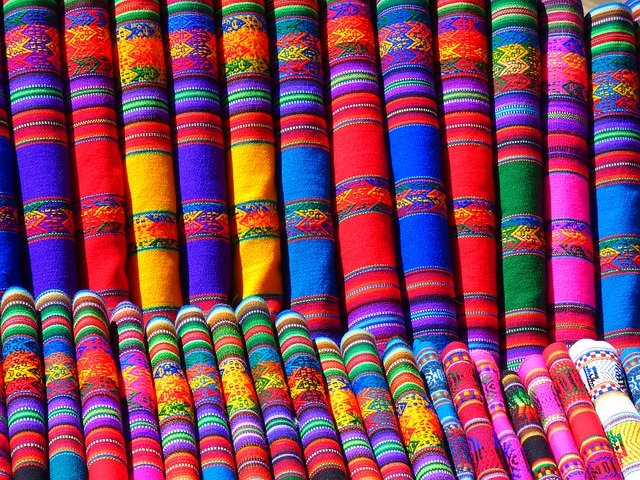The word serape can be applied to a number of different items. A traditional Mexican and South American garment, an Indian textile, or even a type of shawl. It is the perfect article for any outdoor excursion because it provides protection from the sun’s rays while also keeping you warm in chilly weather. I
The history of serapes is difficult to track because there are so many variations on this garment. One suggestion is that serapes came into existence when blankets became too valuable to use as clothing due to their scarcity and high demand during colder months.

In modern times, it seems like everyone has an opinion about where these textiles come from; however no one knows exactly how they originated or why they have become such popular items over time!
A serape is a garment of central Mexican origin that may be made from any number of indigenous fabrics. The most common fabric used for the creation of these garments are wool, cotton, or sheep’s hair. Serapes can also include many different colors and patterns which make them stand out to potential buyers in markets. These textiles were so popular that they were exported across the globe and now can be seen in various cultures today.
The people of Guatemala are known for their bright colors and shawls. Guatemalan serapes, traditionally made with a dark background color such as black or brown interwoven with brightly colored stripes in greens, reds, pinks — some have holes that allow the wearer to stick his head through while others feature hoods sewn into them so you can stay warm when it’s cold out!
Depending on the region, serapes may be worn by men and women or just men. In Mexico they tend to be worn by men while in Guatemala both genders wear them. The shawl is a versatile garment that has been worn for centuries. It can be draped loosely over the shoulders or wrapped around one shoulder only, providing extra insulation to half of your body and leaving room for arm movement without it getting in the way. The traditional shawls are also used as blankets during cold nights by wrapping them tightly around oneself while lying on top of another blanket; some people even wear their shawls like capes when traveling from place-to-place!
The funny thing about these wraps is that they were originally meant exclusively for men until women started wearing them too following Spanish colonization because skirts weren’t an option back then!
When it comes to purchasing a serape, people who are interested in buying one often feel the need to patronize indigenous craftspeople. Indigenous artisans usually set up stands on the side of the road or sell their wares through collectives that focus on traditional crafts.
Before making any purchase decisions, shoppers should always examine how tight and woven an item is by testing its flexibility for holes in order to avoid buyers remorse later down the line.
Asking about specific care instructions will also help ensure your garment lasts longer than expected! The general rule when caring for most handmade garments such as these would be washing them with cold water and mild soap before laying flat until they dry out so that shapes don’t deform over time from being too wet during this process.


